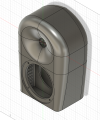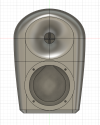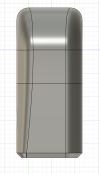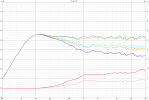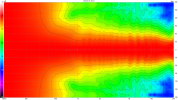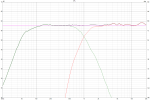Hello,
After some look around the forum, I could find few posts around 3D printing but I could not find a particular thread related to 3D Printed speakers as a method of building D.I.Y speakers.
I have not tried myself yet but I will list the different projects I could find to start the discussions:
I propose that we only had projects that have been "evaluated" or at least with advanced designs to avoid all the quick and cheap speakers.
Bookshelf / Fullrange:
Subwoofers:
Satellite / Surrounds / Mini:
5.1:
Please share if you have tried to build any of the models above, others or design your own !
For my 5.1 (or more), I am planning to do 2 active Dozer + 4 P-cubes + 1 (or 2) Hexibox subwoofer, will update with my trial later on.
After some look around the forum, I could find few posts around 3D printing but I could not find a particular thread related to 3D Printed speakers as a method of building D.I.Y speakers.
I have not tried myself yet but I will list the different projects I could find to start the discussions:
I propose that we only had projects that have been "evaluated" or at least with advanced designs to avoid all the quick and cheap speakers.
Bookshelf / Fullrange:
- Hexibase - Dozer
- Hexibase - Full Range Speaker Project, Longer LK4, Plus DEMO!
- DIYPerks - Building EXCEPTIONAL speakers using MODERN TECHNIQUES
- To avoid consuming too much plastic, he only print a shell / thin wall and then use an mix of Plaster of Paris+PVA Glue as absorption material
- Loudifier - D notes (based on C Notes) - Printables
- Ringoton - Bookshelf Speakers Powered by Daytone Audio with a Custom 3D Printed Enclosure - Reddit
- zx82net - LCM Monitor Speaker - 40Hz waveguide - Bluetooth - DSP - Thingiverse --> Review by Erin Audio Corner
- zx82net - Bookshelf Speaker (Hexibase remix) v2
- Guppyk - Back Horn Speaker V2.0 BL2
- Waveguided Bookshelf Speakers using SB15 woofer and SB26 tweeter
- Scorg project
Subwoofers:
- Hexibase - Hexibox series- A few version & remakes exists for this design:
- First version: Can a 3D printed enclosure get low?
- Last version to date: ELEGOO Neptune 3 Plus Review & Feature Build - Printables
- Guppyk - Isobaric subwoofer
Satellite / Surrounds / Mini:
5.1:
- Made with Layers (Thomas Sanladerer) - DIY 5.1 Surround speakers - a learning opportunity!
- Building a 5.1 Surround Home Theater System 3D PRINTED - by SoundBlab
Please share if you have tried to build any of the models above, others or design your own !
For my 5.1 (or more), I am planning to do 2 active Dozer + 4 P-cubes + 1 (or 2) Hexibox subwoofer, will update with my trial later on.
Last edited:
